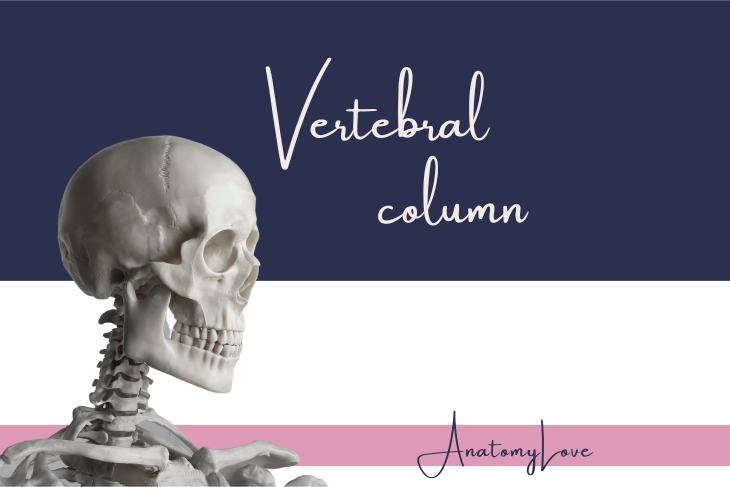Blog
Study & review
You made it! Blog posts on anatomy and histology concepts are the heart of the AnatomyLove website. Each post features an in-depth write up and description, several drawings, mnemonic devices, and dissecting pro-tips. Scroll down to see all the posts on AnatomyLove!

Desktop wallpapers of anatomy and histology
Surround yourself in what you love - and if that is anatomy and histology, then I got you! Digital desktop wallpapers of anatomy and histology are here! Download one or download them all and set them to shuffle.

Nasal cavity
Sniff, snot, snort - the nasal cavity has it all! From the bony housing of the nasal cavity, to the mucous-producing factories of the epithelium and glands, to sinuses and where that snot drains, this post covers all things nasal cavity!

Vertebral column
The vertebral column supports the head and body, serves as an attachment point for many muscles, and protects the delicate spinal cord. Here we'll cover all the segments, processes, foramina, and articulations of the vertebral column itself!

Sacral plexus
The sacral plexus provides motor and sensory innervation to the gluteal region, many pelvic structures, and the posterior thigh, leg, and foot. It contains quite a few nerves that arise from the L4 and L5, and S1 to S4 vertebral levels.

Extraocular muscles
Extraocular muscles are ones that make the eyeball itself move - and there is a lot going on to make that happen! In this post we'll review the muscles, their attachments, innervations, actions, and testing procedures.

Cranial cavity
The cranial cavity and contents includes the bony aspects of the cranium (inside and out), the many layers of meninges, cerebral spinal fluid (CSF), dural venous sinuses, and blood supply to and from the brain and cranial cavity.

Medical terminology
Learning anatomy can feel like learning a new language. Gaining mastery of a few key terms can go a long way towards being able to break down the names of new structures and/or work out their position or function. This post reviews commonly used medical terminology.

Deep face and infratemporal fossa
The deep face and infratemporal fossae contain muscles of mastication and their blood supply, innervation, and venous return. The area is important for proper articulation of speech, chewing food, and even salivation and taste, as several nerves move through this region to/from the oral cavity. The temporomandibular joint (TMJ) is also within this space.

Superficial face and parotid region
The human face contributes greatly to our identity and capacity for non-verbal communication. The muscles that express our internal state of being are called muscles of facial expression. They share innervation (facial n.), a large portion of blood supply (facial a.). Sensation on the face is the job of the trigeminal n. This, coupled with the presence of a large salivary gland, the parotid, make the face a useful diagnostic tool for any clinician.

Anterior triangle of the neck
This region connects the head to the neck and thorax. It contains important structures for the maintenance of basic life functions: breathing, eating and drinking, speech production, blood supply and drainage to the head, and movement of the shoulder. It is organized into several sub-triangles, as well as a superficial/muscular plane and a deep/visceral plane.

Lateral cervical region
The lateral cervical region (also known as the posterior triangle of the neck) contains important structures that connect the head and visceral neck to the arm and thorax. Several layers of important fascia surround and define the triangle. Muscles related to this triangle are responsible for neck flexion, head rotation, head extension, and movements about the shoulder girdle. Many terminal portions of neurovascular bundles cross through it on their way to/from more distal targets of the neck and shoulder muscles and skin. Lymphatic drainage returns to the venous system in this area.

Introduction to cranial nerves
Cranial nerves 1-12 play a large role in every body system. This post introduces the cranial nerves - check it out!

Favorite anatomy resources
The breadth and variety of resources for learning anatomy is both amazing and a bit daunting. Check out my favorites on this post!





